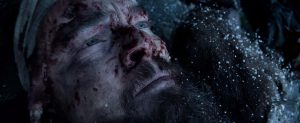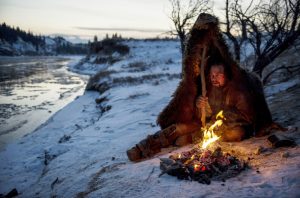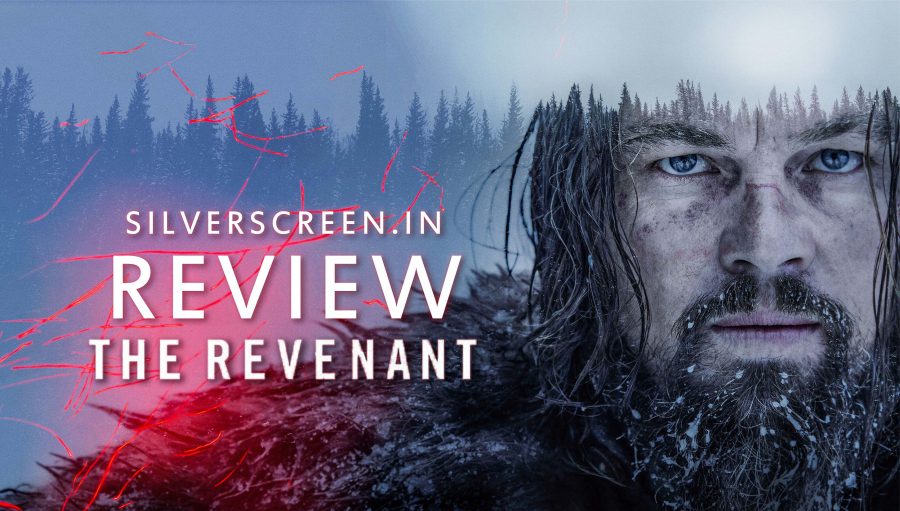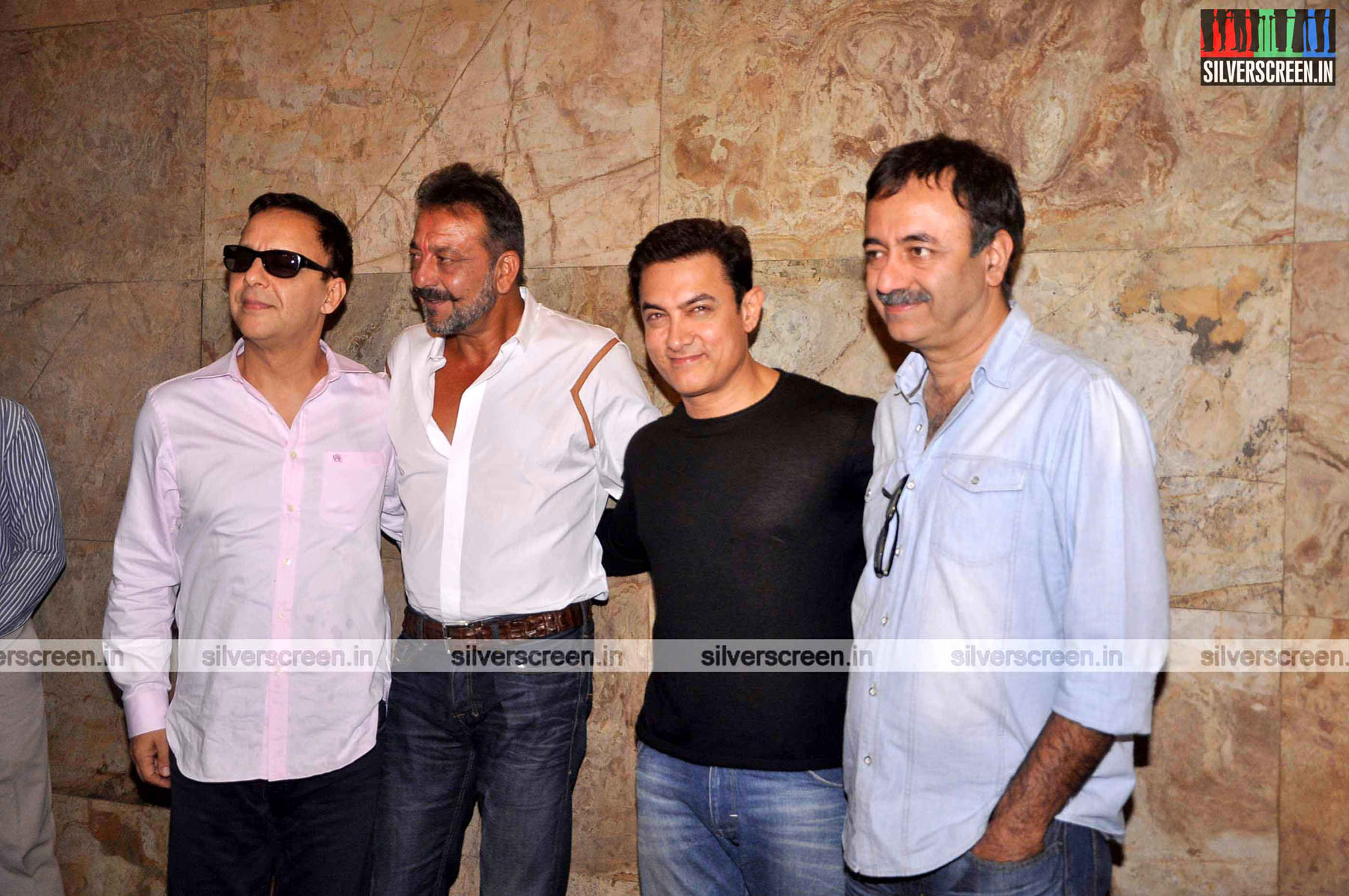 In Alejandro González Iñárritu’s The Revenant, a brutally-wounded American fur trader named Hugh Glass (Leonardo De Caprio) makes his way through the dangerous terrains of the upper Missouri area, braving the incredibly rough weather. Hugh Glass and death keep rejecting each other. At the end, he confronts the man who betrayed him. Revenge? It’s in the hands of the creator.
In Alejandro González Iñárritu’s The Revenant, a brutally-wounded American fur trader named Hugh Glass (Leonardo De Caprio) makes his way through the dangerous terrains of the upper Missouri area, braving the incredibly rough weather. Hugh Glass and death keep rejecting each other. At the end, he confronts the man who betrayed him. Revenge? It’s in the hands of the creator.
*****
The world universally predicts that Leonardo De Caprio will pick up his first Oscar for this performance. It’s evident that he has willingly undergone extreme physical and mental pain to do justice to Glass’ survival story. And he does this flawlessly.
But above all else, The Revenant is a technical marvel. On screen, the film is a lot more riveting than its screenplay version. By far, the most compelling element in the film is Emmanuel Lubezki’s cinematography.
His camera turns into a character and becomes Glass’ fellow traveller. It sees everything – The real and the surreal. In lengthy wide shots, Lubezki captures the frightening beauty of the deep and dark wilderness. Captures the sunlight trickling from behind snow-covered mountains, frozen lakes, icicles glittering in the morning light, pieces of sky through the tops of tall fir trees.
Lubezki also masterfully records Glass’ emotional turbulence and undying spirit. The pain and helplessness in his face when he witnesses his child being stabbed. The fire in his eyes as he scribbles ‘ Fitzgerald Killed My Son’ on the wall of a rock crater where he spends a night. The occasional hallucinations and mystical reveries that elevate an otherwise violent film to a spiritual level. In one scene, a young and naïve frontiersman, Bridger, comes across a native woman while passing through a gutted village. Bridger slyly leaves a piece of food for her. The camera moves closer to her face and lingers for a while. Pain, gratitude, anger and plain coldness. No writing could bring emotions to life like this.
The Revenant belongs to Lubezki, and Lubezki is destined to take home his third consecutive Oscar on February 28.
*****
According to historical records, in the early 19th century, a fur trader by the name of Hugh Glass was mauled by a grizzly bear, and left for dead by his mates in the ice-covered upper Missouri area. Glass’ survival odyssey inspired the 1971 American film, Man In The Wilderness.
The Revenant is partly based on Michael Punke’s The Revenant: A Novel of Revenge (2002), and deviates significantly from the historical records. Glass, here, has a half-Pawnee (Native American) son named Hawk, whose safety is Glass’ utmost priority. “No one hears your voice, son. They just see the colour of your face,” Glass warns Hawk. Glass’ white compatriots throw abuses at Hawk and his dead mother. Glass is fluent in the Pawnee language and is sympathetic towards the natives, unlike his teammates and the other whites, who consider them savages. He is able to emerge from the cusp of death by his memories of his late wife, a Pawnee woman.
In The Revenant, Glass isn’t a regular white man who hunts and loots the natives. He is different, and hence, draws audience empathy.
*****
 The film is partially pain-porn. At its worst, it’s brutal and violent. The final retribution is savagery. The opening sequences feature a gory attack between the white fur traders and the native Arikara. Unflinching visuals of arrows tearing into flesh, eyes, and throats. When Glass is mauled by the bear, the film revels in details. Dark blood seeping out of his body. Torn flesh. His loud wailing. Later, you see Glass gobbling down a bison liver. In one instance, he tears open a horse’s belly, pulls out its organs and spends an ice-cold night inside the animal. It isn’t easy to sit through this proudly exhibited bloodbath.
The film is partially pain-porn. At its worst, it’s brutal and violent. The final retribution is savagery. The opening sequences feature a gory attack between the white fur traders and the native Arikara. Unflinching visuals of arrows tearing into flesh, eyes, and throats. When Glass is mauled by the bear, the film revels in details. Dark blood seeping out of his body. Torn flesh. His loud wailing. Later, you see Glass gobbling down a bison liver. In one instance, he tears open a horse’s belly, pulls out its organs and spends an ice-cold night inside the animal. It isn’t easy to sit through this proudly exhibited bloodbath.
But The Revenant isn’t just about physical violence. It is emotional and philosophical. It delves into the bigger violence – the injustice meted out to Native American tribes at the hands of the ‘civilized’ West. An Arikara tribe leader relentlessly searches for his daughter, who was taken away by the white men who looted and burned his village. The film, in the final scene, calls the native leader ‘the Creator’. And as the men ride past on their horses, the reclaimed heiress looks into Glass’ eyes. She resembles wounded nature. A lone Pawnee man, whose family and tribe was massacred by the white men, becomes Glass’ co-traveller for two nights. The morning after, Glass finds him hanging from a tree. Compliments of the French.
*****
This year’s Oscar nomination pool has another film that discusses the theme of white invasion and the destruction of indigenous cultures. The Columbian drama Embrace Of The Serpent
*****
Recommended
The Revenant isn’t as witty or quirky as the director’s Birdman. It is monotonous, long-winded, and grim. And yet, it is a unique and unprecedented cinematic feat. How can one not be amazed by the incredible stories of endurance that the film crew went through, to shoot in the forests of Canada and Argentina? As Iñárritu said at the Golden Globes, “Pain is temporary, but the film is forever.”
*****
The Revenant review is a Silverscreen original article. It was not paid for or commissioned by anyone associated with the movie. Silverscreen.in and its writers do not have any commercial relationship with movies that are reviewed on the site.



